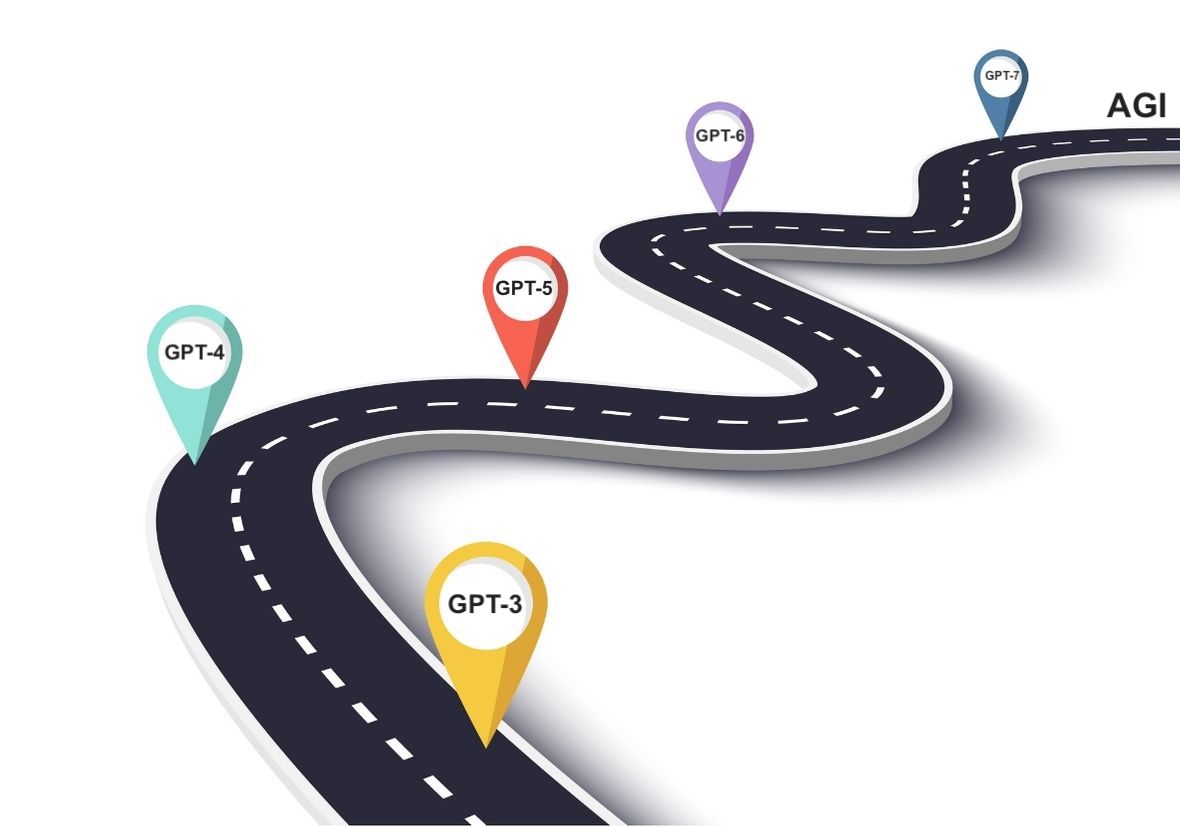GPT models, developed by AI research company OpenAI, have rapidly advanced conversational AI and natural language processing capabilities in recent years. But where did they come from and how did they progress to the current ChatGPT sensation? Let’s look back at the origins and history of the GPT family.
It All Started with GPT-1 in 2018
GPT-1 was first introduced by OpenAI in June 2018 as a foundational unsupervised language model trained on a large corpus of internet text. With 117 million parameters, GPT-1 showed strong abilities in language modeling benchmarks, pointing to the potential of scaling up this approach.
GPT-2 Ups the Ante in 2019
In February 2019, OpenAI revealed GPT-2 which leapfrogged its predecessor to 1.5 billion parameters. GPT-2 performed remarkably well on natural language tasks like translation, summarization, and text generation – sometimes producing eerily human-like writing.
However, OpenAI initially withheld the full model, citing concerns about potential misuse.
Enter GPT-3 in 2020
GPT-3, launched in June 2020, was a gamechanger with 175 billion parameters trained on massive data. GPT-3 achieved impressive few-shot learning, meaning it could quickly master new tasks with just a few examples. This enabled a range of applications from content generation to programming. Access was limited at first but later opened up.
And then Came Codex, InstructGPT, and ChatGPT
Building on GPT-3, OpenAI developed specialized models like Codex for programming in 2021 and InstructGPT for following instructions in 2022. These fine-tuned models could match GPT-3’s versatility while mastering specific domains. ChatGPT launched in November 2022, representing another leap forward in conversational ability.
GPT-4 – the next major Era of GPT Models
GPT-4 represents the next major advancement in OpenAI’s GPT model series since the launch of GPT-3 in 2020. Unveiled in March 2023, GPT-4 leverages a massive multimodal architecture accepting both text and image inputs to reach new benchmarks in capabilities. While still surpassed by humans on many real-world tasks, GPT-4 matches or exceeds human performance on various tests of academic and professional skills.
In casual conversation, GPT-4 can appear similar to its predecessor GPT-3.5, but shows substantially greater reliability, creativity, and adeptness with complex instructions when presented with sufficiently challenging problems. Early testing indicates the nuanced improvements in GPT-4 could enable a wide range of new applications benefiting from its enhanced reasoning and grounding in multiple modalities.
The Future and Ethics of GPT Models
GPT models have progressed enormously in just a few years. The future will likely bring even larger, more capable variants and fine-tuned successors to ChatGPT. We are waiting for release of GPT-5 model in Q4 2023.
However, concerns remain around potential misuse, bias, and safety. Responsible development balancing innovation with ethics will be critical as GPT continues evolving.
Read related articles:
